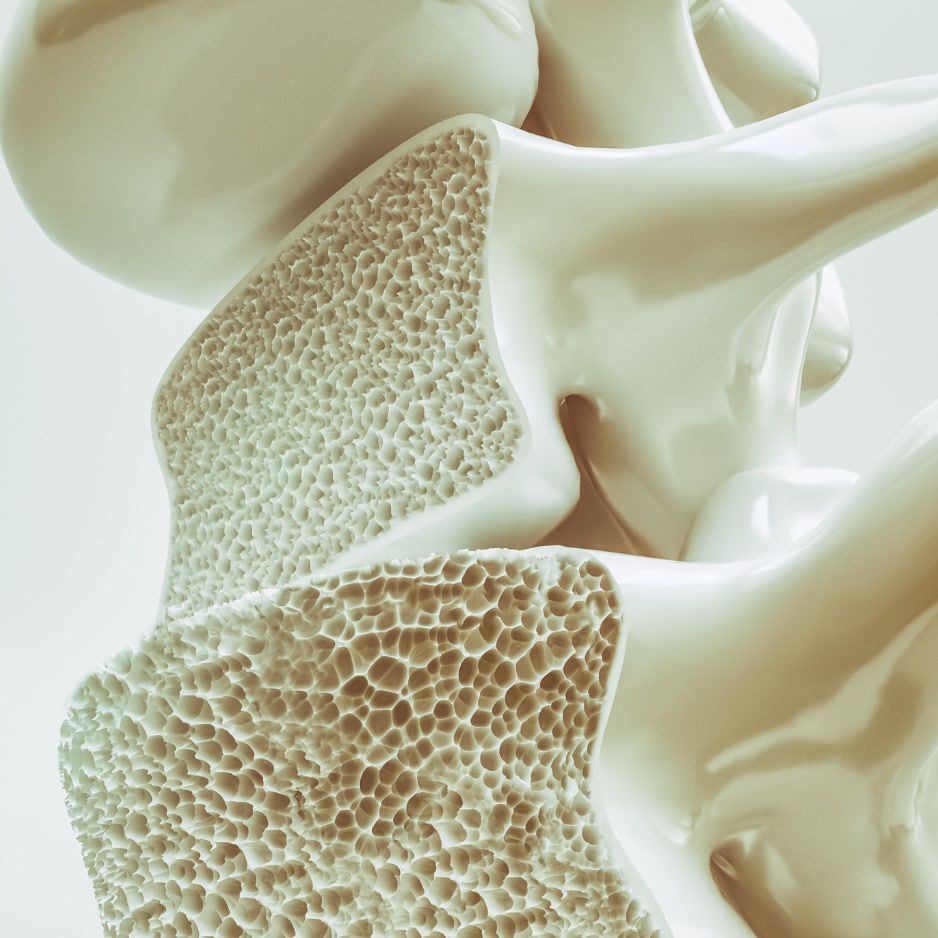Isometric Exercises: Benefits, How-To, and 15 Moves
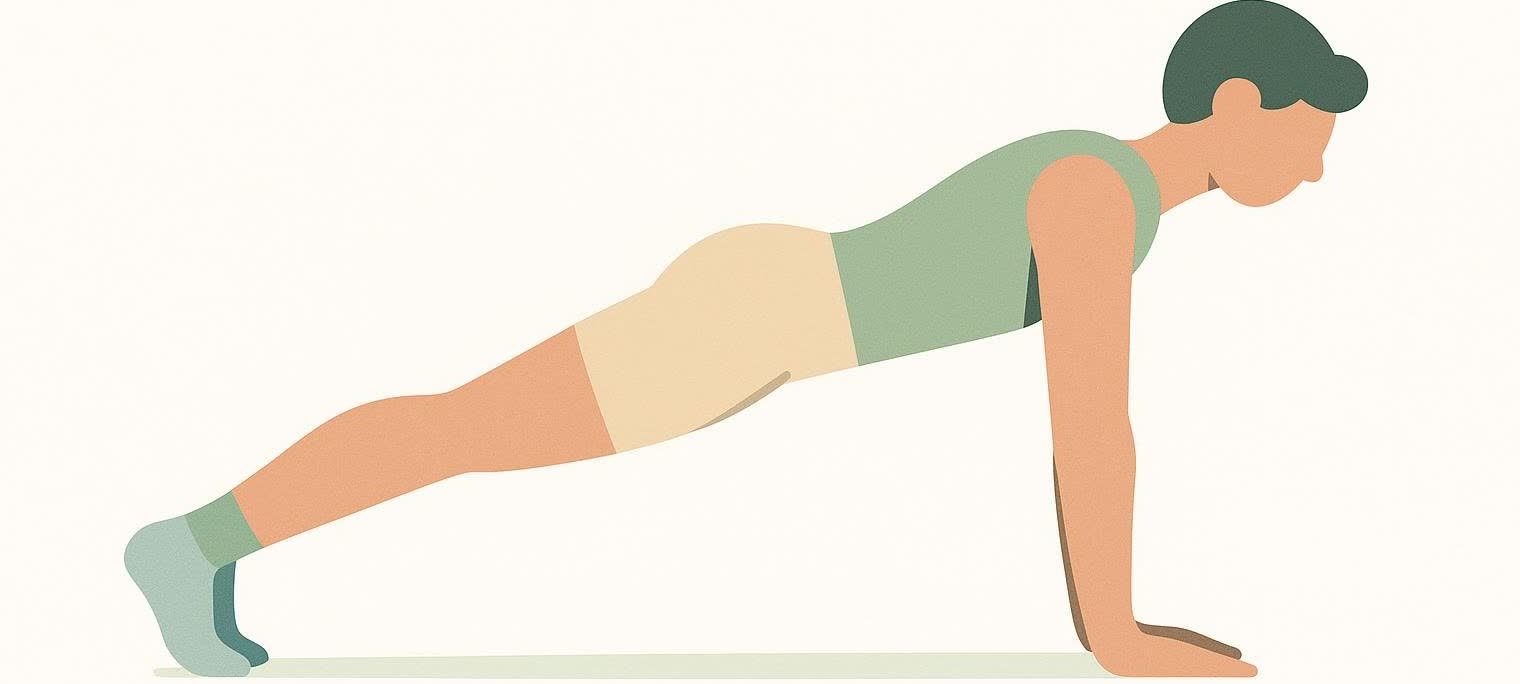
Isometric Exercises: 15 Moves, Benefits & How-To
TL;DR – Isometric exercises involve holding a muscle contraction without moving the joint (think planks and wall sits). Research shows they boost strength, protect joints, and even lower blood pressure more than other exercise styles. Use our progression guide to build your plan, or jump to the 10-minute sample routine at the end.
What Are Isometric Exercises?
Isometric ("same length") exercises ask your muscles to generate force without changing joint angle. Imagine trying to push a wall or pause at the bottom of a squat: the muscle fibers fire, but the limb doesn’t move.
Contrast that with:
- Isotonic movements – muscles change length under load (e.g., biceps curl).
- Isokinetic movements – muscles move at constant speed (e.g., specialized rehab machines).
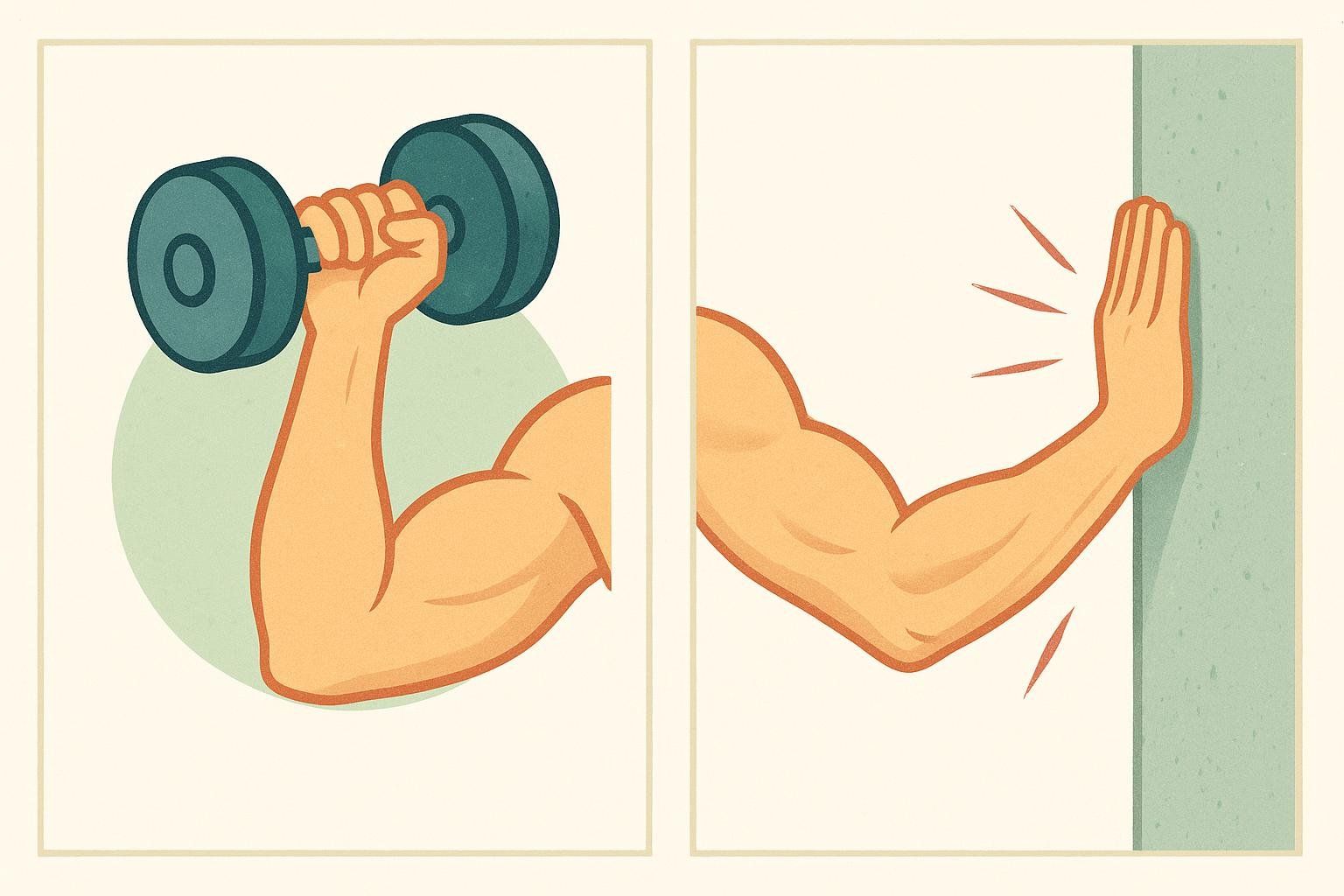
Because isometrics rely on static contractions, they require little or no equipment, take minimal space, and place almost zero impact on the joints—perfect for office workers, older adults, and athletes looking to spice up training.
6 Science-Backed Benefits of Isometric Training
| Benefit | Why It Matters | Key Evidence |
|---|---|---|
| Lowers blood pressure | Static contractions improve vascular function and reduce resting systolic & diastolic values | 2023 network meta-analysis of 270 trials found isometric training produced the largest BP drops versus HIIT, aerobic, or dynamic resistance work |
| Builds time-under-tension strength | Continuous tension recruits high-threshold motor units without joint wear-and-tear | 2019 systematic review in Sports Medicine reports isometric training can deliver strength gains on par with dynamic lifting when load and volume are equated |
| Joint-friendly for rehab & arthritis | No joint shear, low impact; strengthens surrounding musculature | 2021 randomized trial showed 6 weeks of isometric quadriceps work reduced pain and improved function in knee-osteoarthritis patients |
| Enhances neuromuscular control | Sustained holds improve motor-unit recruitment precision | 2010 electromyographic core comparison study found single-leg bridge holds produced higher EMG activation than standard bridges |
| Breaks plateaus & supports hypertrophy | Long holds create metabolic stress that triggers growth pathways and muscle cross-section | 2023 9-week MDPI trial saw combined high/low-intensity isometrics increase elbow-flexor size & strength |
| Requires zero gear & little time | Squeeze in 30-second holds between Zoom calls | Perfect entry point for beginners & frequent flyers |

Quick Hit: Blood Pressure & Isometrics
• Average reduction after 8–12 weeks: 7 mm Hg systolic, 4 mm Hg diastolic—a reduction considered clinically meaningful and associated with lower cardiovascular risk.
• Wall-sit protocols (4 × 2-min holds, 3 × week) are the heavy hitters in most studies.
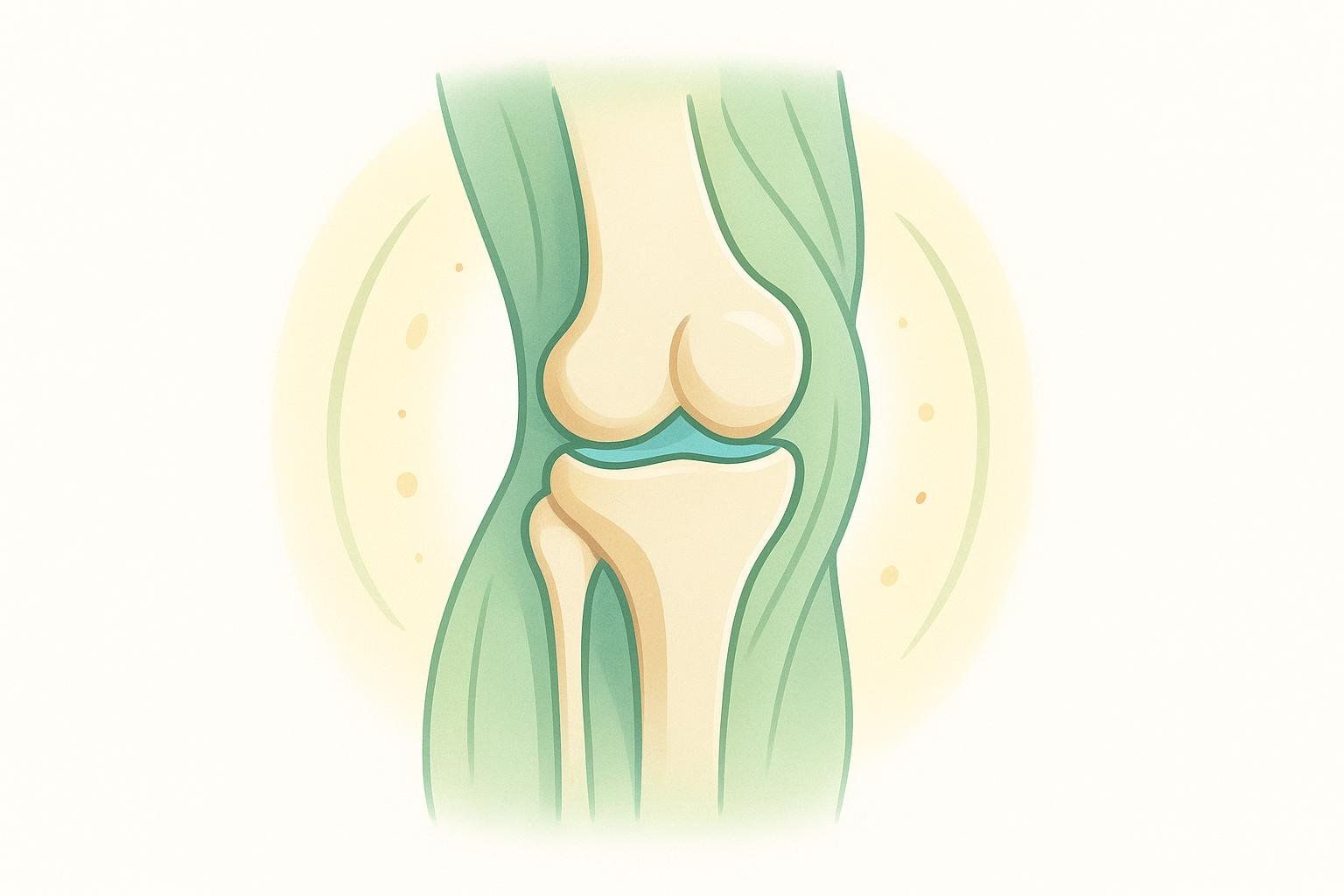
Is Isometric Training Right for You?
| If You’re… | You’ll Love Isometrics Because… |
|---|---|
| Busy professional juggling deadlines | Micro-workouts in your living room—no gym commute |
| 55+ with cranky knees | Static contractions strengthen muscles without aggravating joints |
| Athlete stuck on a plateau | Maximize time-under-tension and plug weak links (e.g., sticking points in squats) |
Already tracking your strength with BodySpec DEXA scans? Static strength work helps preserve lean mass between testing dates—see our guide on Active Recovery Workouts for complementary sessions.
How to Program Isometrics Like a Pro
- Pick the position: Choose an angle that targets your goal muscle (e.g., 90° knee bend for quads).
- Choose your effort level: RPE 7–9 for strength; RPE 5–6 for rehab or recovery.
- Determine hold time: Start with 20-second holds, build to 2 minutes using the progression template below.

Progression Template
| Week | Sets × Hold | Rest | Notes |
|---|---|---|---|
| 1 | 3 × 20 s | 60 s | Focus on breathing |
| 2 | 4 × 30 s | 60 s | Add one set |
| 3 | 4 × 40 s | 45 s | Shorten rest |
| 4 | 5 × 45 s | 45 s | Increase hold |
| 5 | 4 × 60 s | 30 s | Higher density |
| 6+ | 4 × 90 s | 30 s | Maintain or add load |
Combine static holds with dynamic reps for full-spectrum strength (see our Complete Core Strength Guide).
15 At-Home Isometric Exercises (Minimal Equipment)
Hold each for 20–60 seconds and perform 2–4 sets.
- Wall Sit
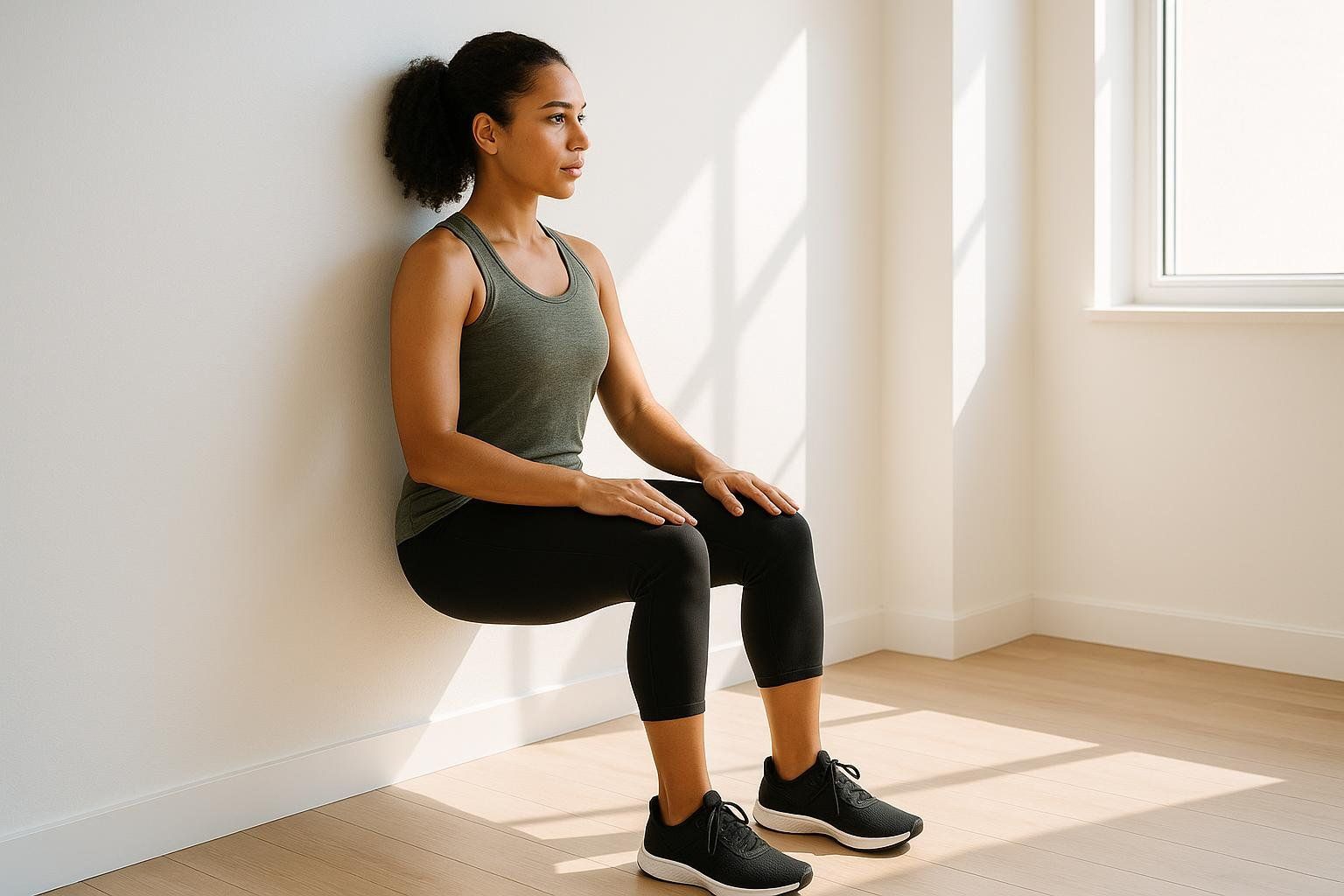
• Slide down a wall until knees reach 90°, back flat.
• Keep lower back pressed into wall; drive through heels.
• Senior tweak: Use a higher seat (~45° knee bend) if full depth hurts.
- High Plank
• Hands under shoulders, body in straight line.
• Screw palms into floor to stabilize shoulders. - Low (Forearm) Plank
• Elbows under shoulders, hips level.
• Drag elbows toward toes (isometrically) to light up deep core. - Side Plank
• Elbow under shoulder, hips stacked and lifted.
• Squeeze glutes to maintain alignment. - Glute Bridge Hold
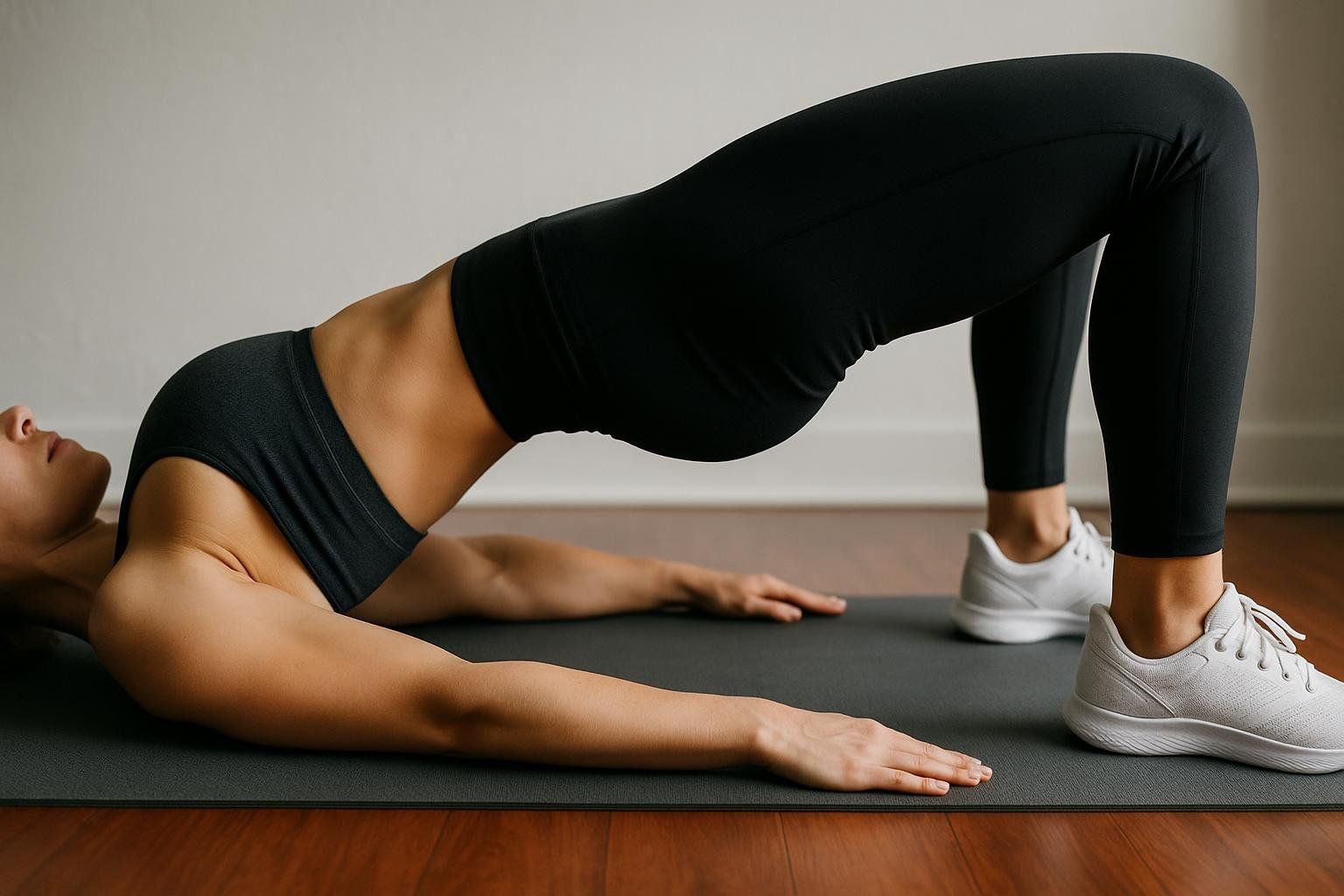
• Lie on back, drive hips up, squeeze glutes.
• Keep ribs down—avoid over-arching.
- Squat Hold (Air Chair)
• Hold bottom of squat, chest tall, knees track toes.
• Weight mid-foot/heel to spare knees. - Reverse Lunge Hold
• Step back, front knee 90°, torso upright.
• Press front heel into floor to engage glutes. - Calf Raise Hold
• Rise onto toes, heels high.
• Contract calves and keep ankles from rolling out. - Isometric Push-Up Hold (Mid-Range)
• Pause halfway down, elbows ~90°.
• Elbows at 45° to torso; keep core tight. - Towel Pull-Apart
• Arms straight, hold towel at chest; pull outward.
• Pin shoulder blades down/back to target rear delts. - Hollow Body Hold
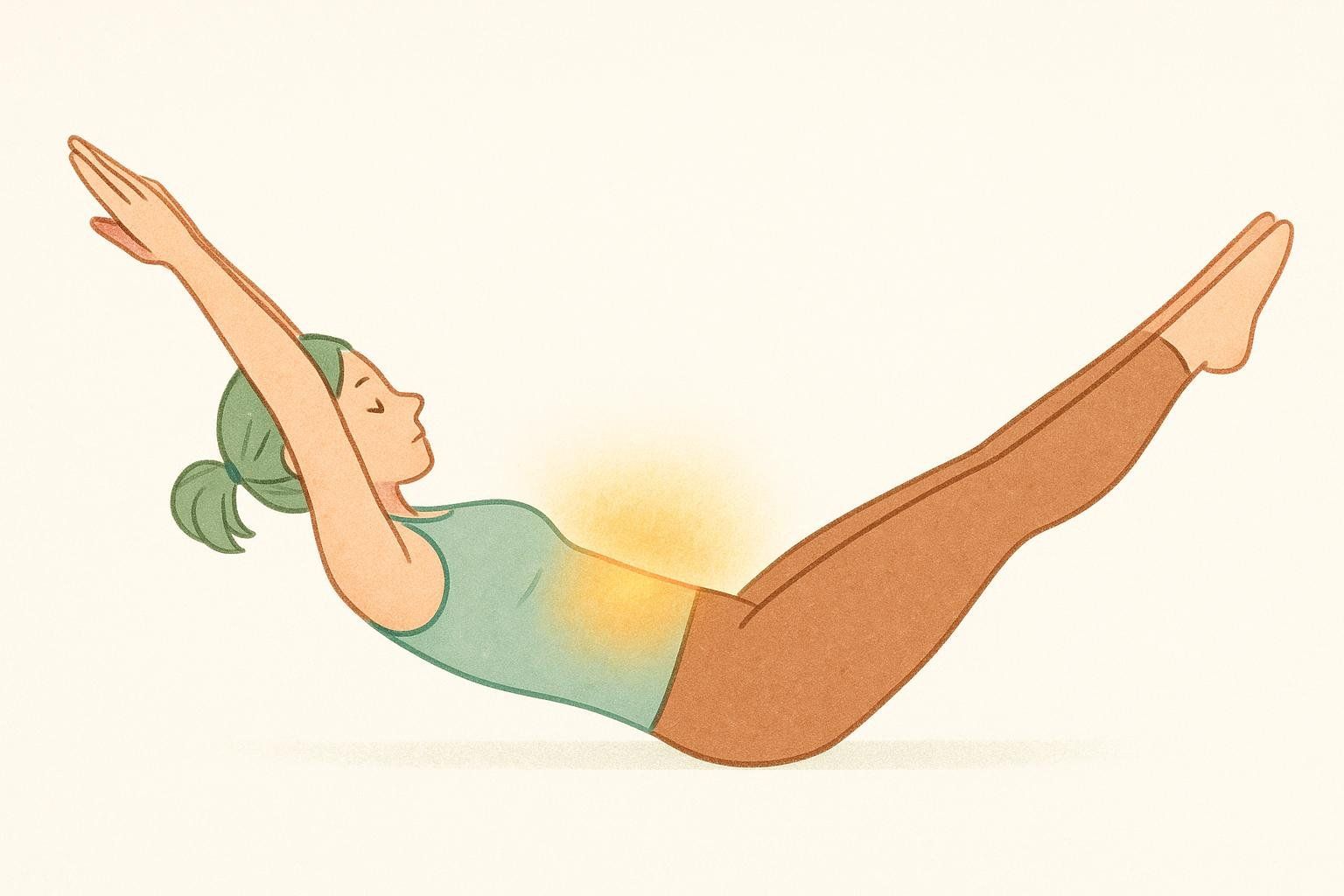
• Lift shoulders & legs, lower back glued to floor.
• Reach arms overhead; point toes.
12. Superman Hold
• Prone, lift arms & legs; squeeze glutes & upper back.
• Keep neck neutral—gaze at floor.
13. Hip Flexor Wall Press
• Face wall, lift knee to hip level; press thigh into wall.
• Stay tall—no leaning.
14. Isometric Biceps Curl Hold
• Hold elbow at 90°, palm-up, upper arm pinned to ribs.
• Use a weighted grocery bag or light dumbbell for added resistance.
15. Prayer Pose Press
• Palms together at chest; push hands firmly.
• Engage chest and front-shoulder muscles while keeping shoulders down.
Safety Tips & Common Mistakes
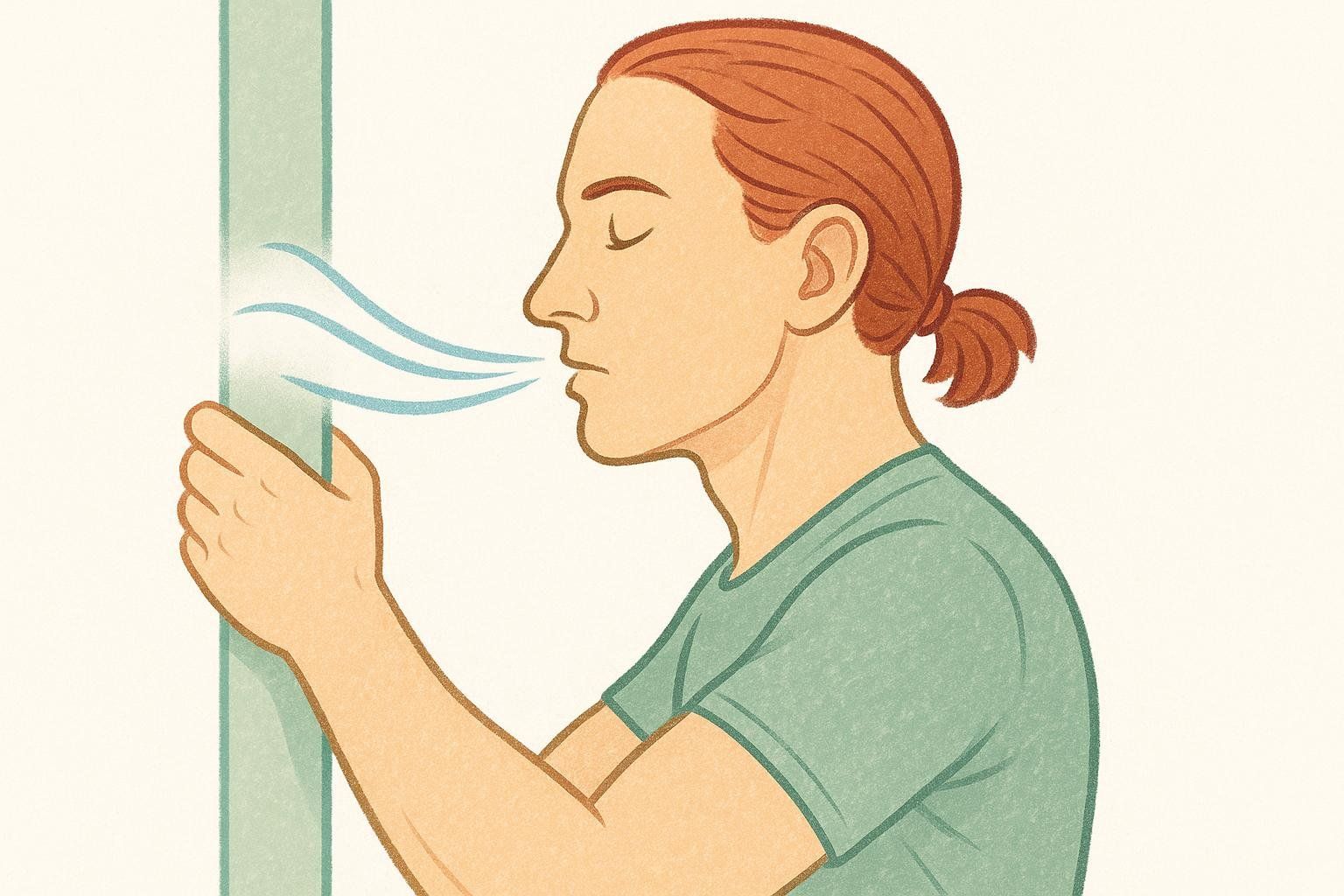
- Breath-Holding (Valsalva) – Spikes blood pressure; exhale through the effort.
- Joint Pain – If you feel sharp pain, shorten the lever arm or choose a gentler angle.
- Neck Craning in Planks – Keep a neutral spine, eyes on the floor.
- Skipping Warm-Ups – Two minutes of dynamic mobility (see Mobility Drills for Office Workers & Seniors) primes muscles and reduces injury risk.
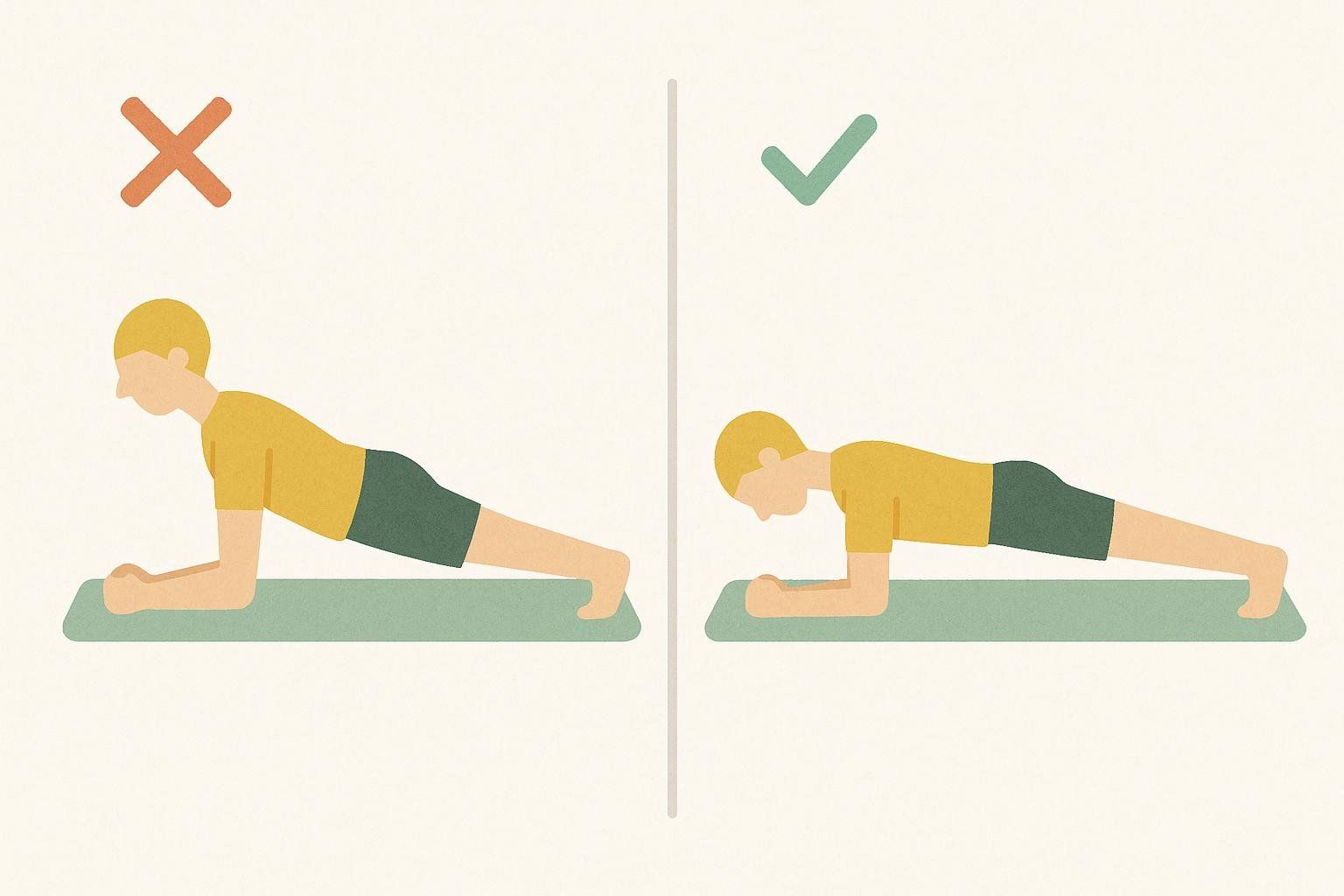
10-Minute Sample Routine (Equipment-Free)
- Cat-Camel Warm-Up – 1 min. On all fours, alternately arch and round your spine.
- Wall Sit – 3 × 30 s (30 s rest). Knees 90°, back flat, breathe steadily.
- Forearm Plank – 3 × 30 s (30 s rest). Core tight; imagine dragging elbows toward toes.
- Glute Bridge Hold – 2 × 45 s (15 s rest). Hips up, ribs down; even pressure through feet.
- Prayer Pose Press – 2 × 30 s (15 s rest). Palms together; push firmly to engage chest and shoulders while keeping neck relaxed.
FAQ
Can isometric exercises lower high blood pressure?
Yes. A 2023 review of 270 studies reported the *largest* reductions in systolic and diastolic blood pressure came from isometric routines like wall sits and planks, outperforming HIIT and traditional cardio.How often should I do isometric workouts?
Three to four sessions per week deliver strength and cardiovascular benefits while allowing recovery.Do I need equipment?
No. Your body weight—and maybe a towel or grocery bag—is plenty. Advanced users can add bands or light dumbbells for extra tension.Are isometrics safe for arthritis?
Generally, yes. Because joints stay still, isometrics strengthen surrounding muscles **without grinding the joint surfaces**. Always consult a healthcare provider if you have severe pain or recent injury.Take the Next Step with BodySpec
Isometrics give you measurable strength gains; a BodySpec DEXA scan quantifies the muscle mass you’re adding. Learn how a DEXA scan works, dial in your training, then rerun the numbers—no guesswork, just data-driven results.


